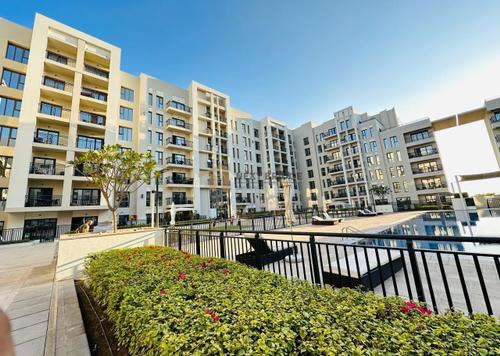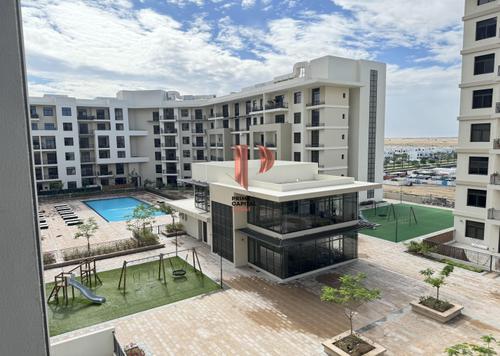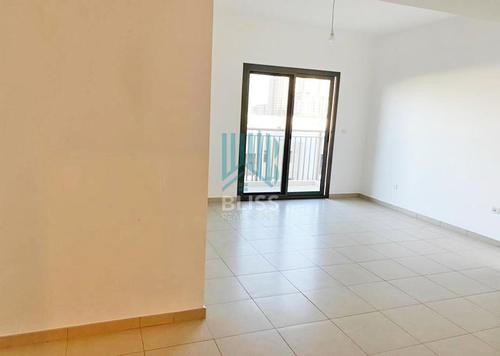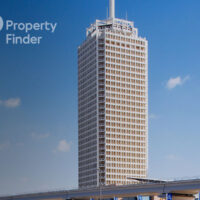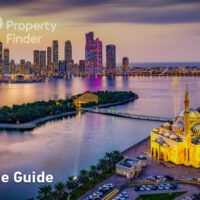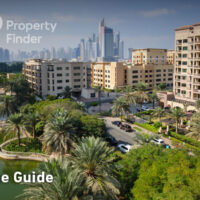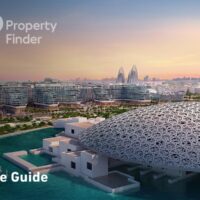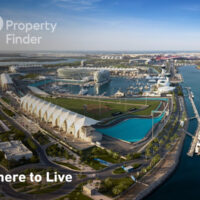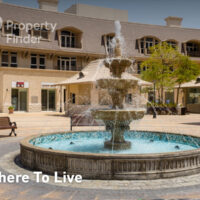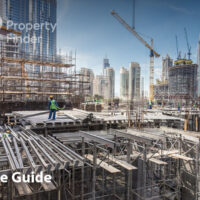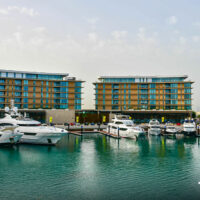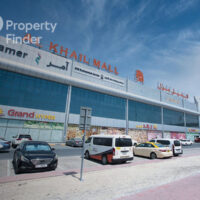As we are closing out 2018, we will see a lot of commentary when it comes to reflecting on the past year. While continued property price declines were pronounced this year, we also saw continued government investment and a number of initiatives that were announced, all of which are aimed at generating sentiment and tangible returns.
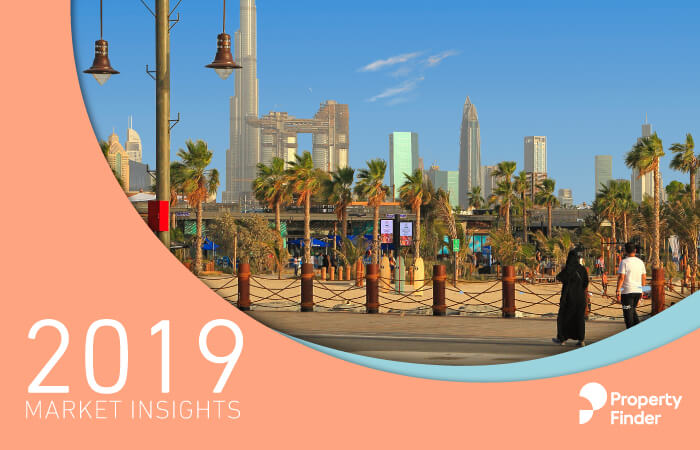
Looking forward to 2019, certain factors are important in understanding what we can expect. In line with 2018, 2019 will continue to see an increased amount of residential supply coming to completion. Property Finder research has found 19,881 residential units, comprising of apartments, villas and townhomes, completed as of October 2018. Looking at the remaining two months of 2018, there are an additional 14,707 residential units within projects that have a 95 to 99 percent completion status to date, all scheduled to be completed by year’s end. If all of those units are completed and added to already completed supply for the year, that could bring 2018’s total added supply to 34,588 residential units.
2019 Supply
For 2019, Property Finder research has found 33,982 additional residential units that are under construction in Dubai that have a completion status of at least 65 percent to date and are scheduled to be completed in 2019. 29,115 of those units are apartments and 4,867 units are villas and townhouses. Within that, some notable statistics include 2,296 units from Nshama in Town Square, 5,652 apartments, villas and townhouses from Emaar between the areas of Arabian Ranches, Downtown Dubai, Dubai Creek and Dubai Hills.
UAE Growth
In line with additional supply, we have to look at the demand side and see where and also how much demand there is for the supply being added. Looking ahead toward Expo 2020, and beyond, the International Monetary Fund (IMF) has projected overall growth for the United Arab Emirates to be 3.7 percent in 2019. That projection is built upon the following assumptions, the first being that the price of oil will hover around $70 per barrel, and more importantly, due to the reimposition of US sanctions on Iran, gulf producers are increasing their output capacity. The second is that the success of the non-oil economy, which accounts for around 70 percent of the overall economy of the UAE, will continue to expand. The last assumption is that the government will continue spending on infrastructure and overall construction as Expo 2020 is just around the corner.
The Leading Industries
The three leading industries for job growth as of late 2018 are construction, manufacturing and real estate. According to the Dubai Statistics Center, these three sectors employ just over 38 percent of Dubai’s total labour force, with the construction sector alone accounting for nearly 28 percent of that sum. 2019 will see the same level of growth in terms of these sectors as an immense amount of construction is still due for the Expo 2020 area.
The Global Economy
In terms of the global economy and how that affects the local economy, a few different factors are important to consider. Currency fluctuations in key markets such as China, India, Russia, Europe and the US especially, affect local tourism and the real estate sector quite a bit.
Tourism rates in Dubai have not reached the highs they have in previous years as a result of the dollar being more expensive for many tourists. For 2019, this reality will most likely remain as the value of the dollar is not expected to falter” according to Lynnette Abad, Director of Research & Data.
Interest Rate Hikes
In 2019 we can also expect to see more interest rate hikes. Just last month, changes in US monetary policy saw an increase in interest rates by 25 base points. Due to the dirham peg to the US dollar, interest rates rose in the Emirates as well. Additionally, three additional hikes in rates are expected in the US during 2019, which will immediately correlate to rate hikes in the UAE.
Fortunately, lenders are becoming more creative when it comes to their lending practices, some of which are there to offset the effect of rising interest rates” comments Abad.
Furthermore, President Sheikh Khalifa has replaced legislation from 1980, which will allow the UAE Central Bank to have some flexibility when it comes to determining how much banks can lend to various sectors. We could see this having an effect when it comes to how much capital the real estate sector can now receive from banks.
With borrowing being more expensive coupled with some general uncertainty about the direction the market will take, transactions have dropped 23 percent in the first nine months of 2018 compared to the same time period in 2017. In 2019, property prices are expected to continue to decline as we are most likely to see the materialisation of residential supply double, if not triple, the amount of units from past years” says Abad.
Developers Embrace Master Planned Communities
In 2019, and going forward, developments are becoming more holistic and all-encompassing as developers are embracing the concept of master planned communities. Developers are also doing their bit to ensure they are creating properties in places that people want to not just live in, but purchase for themselves. We are seeing more when it comes to master developers creating a community rather than just a single building. While some of these newer launches have a completion date post-2020, 2019 will see some developers following the trend when it comes to creating spaces that people can live, work and entertain themselves within. Co-working communities and open area spaces are being integrated in more developments and we will see some projects that are providing “all-inclusive” affordable co-living spaces for junior, white-collar professionals.
________
READ MORE:
Property News Round Up — Nov 2018
Dubai’s Property Market in Review 2018
Off-plan Vs. Ready Property: The Age Old Question — Safura Abasniya
Will demand outstrip supply or will supply meet demand?
________
This article was co-written by Carla Maria Issa and Lynnette Abad from Property Finder.

CARLA MARIA ISSA
Senior Research Analyst at Property Finder
Connect with Carla Maria Issa on LinkedIn


